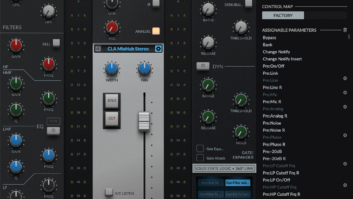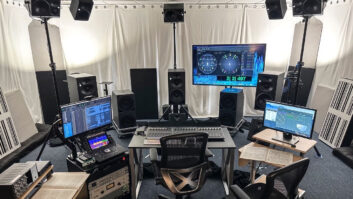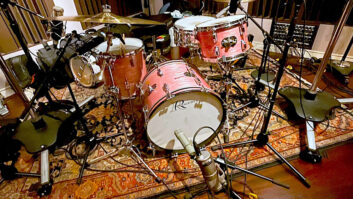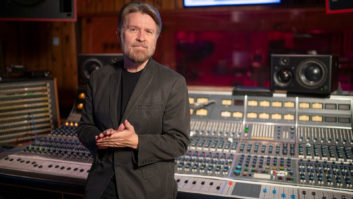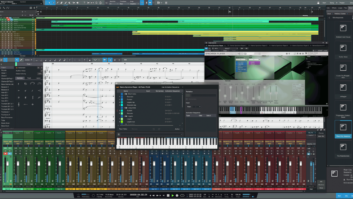Waves recently announced an expansion of its IR Convolution Reverb plug-in series. The company introduced IR-360 for multichannel surround sound; IR-1 Version 2, which now lets users capture their own samples; and IR-L, an entry-level light version offering simpler controls. Waves also announced the launch of www.Acoustics.net, a dedicated Website offering a newly expanded library of downloadable impulse response samples created by the company and submitted by users.
Waves’ original IR-1 is a sampling reverb that offers traditional reverb controls affecting the impulse response sample rather than just filtering the resulting sound. This control is now offered in the IR-360, a surround sound convolution reverb.
Features include a variable setting of each environmental parameter from 0.25 to 4 times its natural value, options to shape the decay envelope to suit the application, change the reverb density, analyze the frequency response and derive the room nodes, use de-correlation to optimize the stereophonic character of the reverb, and add gain and pre-delay to each portion of the reverb curve. Exclusive filtering techniques enable the damping to be precisely controlled, while a 4-band parametric EQ allows tone adjustment of the reverberation.
A new feature now lets IR-360 and IR-1 V. 2 users capture the sound of acoustic spaces and hardware devices by playing an included sweep signal into an acoustic space or through an outboard processor and recording the result. The software then lets users import the recording to create a custom impulse response that’s ready to use.
Samples of actual environments in the newly expanded library employ a combination of microphone array including ORTF and Soundfield microphones mounted on a computer-controlled turntable. Venues included well-known spaces such as the Sydney Opera House, Rome’s Santa Cecilia Concert Hall, Manhattan’s Birdland jazz club and many more. Each was sampled from multiple locations at 96 kHz and 32-bit floating point for maximum resolution, dynamic range and SNR.
At www.Acoustics.net, users can upload, download and exchange IRs they have created and the site also provides access to papers and other information on the technology behind the system. The site will act as a repository for the captured impulse responses of historic and important acoustic environments.
For more information, visit www.waves.com. For more new product announcements, visit http://mixonline.com/products/new/.
